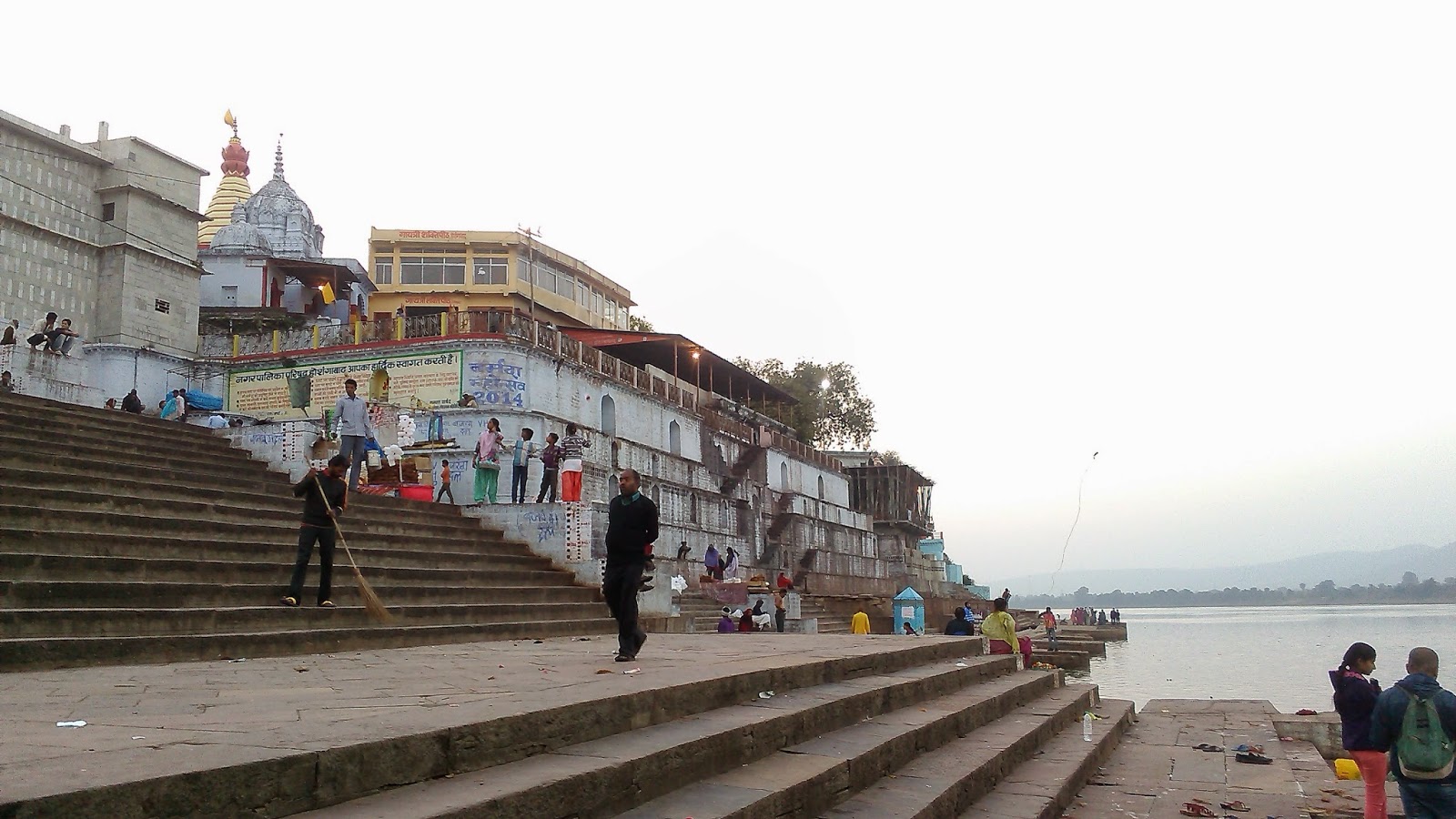Contemporary
world has been confronting with many social problems that people, government
and business societies are concerned about. Many serious problems are arising
that have come down heavily on the people. Problems like: climate change,
deforestation, poor nutrition, access to water, pollution etc. have created
major threat to livelihood of people. The problems are supposed to increase
even more when endeavor of governments to address these problems have been
making only an incremental improvement and primarily the reason for this being
scarcity of resources. In this
connection when government (which has been referred to as the solver of
societal problems) has been facing with resource crunch, the onus lies on the
business which is the real creator of resources in the form of profit.
Business
can create resources when they meet the need, at a profit. Business at the present time possess
humongous power availed to them via resources possession. The accumulation of
vast resources generated from profit enables them to mobilize energy and
resources to solve the societal problems.
Societal
problems and Business:
When
we generally talk about business in relation to the societal problems, two
differing views appear. The traditional thought identifies business as a
creator of societal problems. Meaning that business creates profit at the
expense of the society. Profit is excessive when: pollution is massive, labor
exploitation is prevailing etc. This is the view that is commonly prevalent
which partly is also because of the fact that companies have been neglecting
the society in which they operate.
However
the modern thought opines exactly the opposite and finds a cordial linkage
between business and societal problems. For example a business causing less pollution means that the system is efficient,
resources wastages is minimum etc. which automatically leads to more profit and
vice-versa. As companies focus on long run of business, the notion of business
as solver of societal problems is getting more practiced. This philosophy has
been more popularized by socially responsible investors.
Role
of CSR in addressing Social problems:
CSR
in not a new buzz world in business world. The term originated in a club Rome
in 1970s among a group of scholars, thinkers, executives that took talk of
laying the future of sustainable development.
Though there isn’t any widely accepted definition of CSR, it can be
defined as a self-regulatory mechanism, voluntary rather than mandatory, whereby
business ensures compliance with the law of land, ethical standards, and
international values. As such, besides embracing the responsibilities for the
business actions, CSR attempt to address social issues by going beyond the
interest of the firm and the law of the land. Though CSR has often been referred to as a voluntary
initiative, recent change has been in the direction to make it mandatory also.
For e.g.: Company Act 2013 of India
makes CSR a mandatory obligation on the part of the company with at least INC 5 crore net profit or INC 1,000
crore turnover or INC 500 crore net worth, to pay 2 % of their average net
profit of three year on CSR activities on each financial year. The importance
of CSR reporting is increasing which are driven by regulatory bodies and stock
exchanges around the world.
In case of Nepal, there is absence of dedicated
policy that guides CSR activities. Proper enforcement of existing laws will
promotes basis for voluntary CSR activities. For instance Environment
Protection Act 1997 forbids individuals and enterprises from polluting the
environment that might have an adverse effect on the environment or public
life. Similarly other acts like, Consumer Protection Act 1998, Black Marketing
and Punishment Act, Drugs Act, Corruption Prevention Act, etc. promotes fair practices
in business and society.
For companies wanting to be socially
responsible, CSR standardization measure like ISO 26000 can give a good
reference. ISO 26000 though is a voluntary measure, specifies key principles as
roots of socially responsible behavior which are: accountability, transparency,
ethical behavior, respect for rule of law etc. Similarly another accepted
framework is Triple bottom line which identifies three Ps: people, planet and
profit as three pillars of sustainability. As such concern of society, economy
and environment must be addressed. Also OECD guideline to multinational
companies, UN Global compact etc. are also very popular.
Futuristic
Approach to CSR
Though
CSR initiatives have been effective in addressing social problems (at least in
incremental way) the more sustainable approach to CSR approach would be
“Creation of Shared Value” which means addressing of a social issue with a
business model. The notion of creating social value is to create product
offerings that meet social needs. Harvard Professor and strategist Michael
Porter in one of the Ted talks, identifies this model as “high form of
capitalism that aims on addressing social problems in effective way”. For e.g.:
Invention of drip irrigation technology saves water and fertilizer by allowing
water to go drip slowly to the roots of plants, Nestle initiative to become a
nutrient company rather than being a food company (that may make people victim
of obesity), etc. marks the movement of a company towards this approach of
creation of share value.
In
another way, this approach enables companies to change the conventional
approach of the society of business as creator of social problems. The
advantages of this would flow in manifold volume which might be, reduces
business risk, greater acceptability of brand, garner customer appreciation,
brand enforcement, reduce conflicts etc. which in totality helps it to be a
leader in the industry.
As
such business resources when deployed effectively can play an instrumental role
in solving social problems that are too large for government and I/NGOs.


























